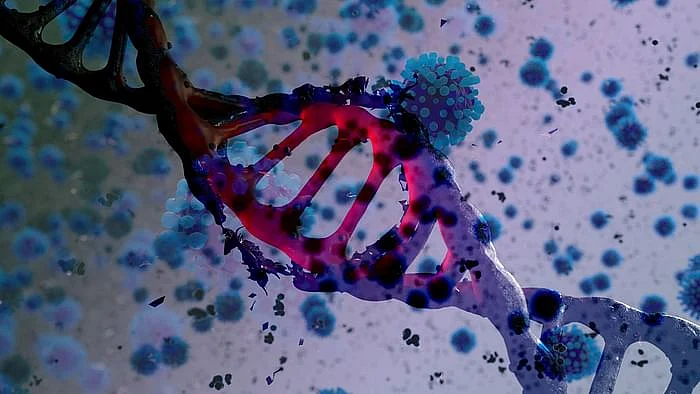It’s Called B.1.617, Not The ‘Indian Variant’: Govt; WHO Concurs
The WHO on Monday had classified the B.1.617 variant of coronavirus, as a “variant of concern at the global level”.

advertisement
The Centre on Wednesday, 12 May, clarified that the World Health Organisation (WHO) "has not associated the term, 'Indian variant', with the B.1.617 variant of the coronavirus" in its document, pointing out that the word 'Indian' is not on its report on the matter.
The UN agency, meanwhile, also said in a tweet that it "does not identify viruses or variants with names of countries they are first reported from”. "We refer to them by their scientific names and request all to do the same for consistency," it tweeted.
In its statement, the Indian government said, "Several media reports have covered the news of WHO classifying B.1.617 as variant of global concern. Some of these reports have termed the B.1.617 variant of the coronavirus as an 'Indian Variant'. These media reports are without any basis, and unfounded."
‘Variant of Concern’: WHO
The WHO on Monday had classified the B.1.617 variant of the coronavirus, predominantly found in India, as a "variant of concern at the global level".
WHO has added the B.1.617 variant to the list containing three other variants of COVID-19 – those first detected in Britain, Brazil, and South Africa – as it appears to be easily transmittable in comparison to the original virus, in view of the “rapid increases in prevalence in multiple countries”.
On Wednesday, the WHO said that the variant has been found in as many as 44 countries across the world.
First found in India in October last year, the B.1.617 COVID-19 variant, has been detected in more than 4,500 samples uploaded to an open-access database “from 44 countries in all six WHO regions”, said the UN health agency.
So far colloquially referred to as the 'double mutant' in India, is actually a variant with two prominent mutations. The two most notable mutations in this variant are E484Q and L452R and these have been spotted before in California and Brazil.
(At The Quint, we question everything. Play an active role in shaping our journalism by becoming a member today.)